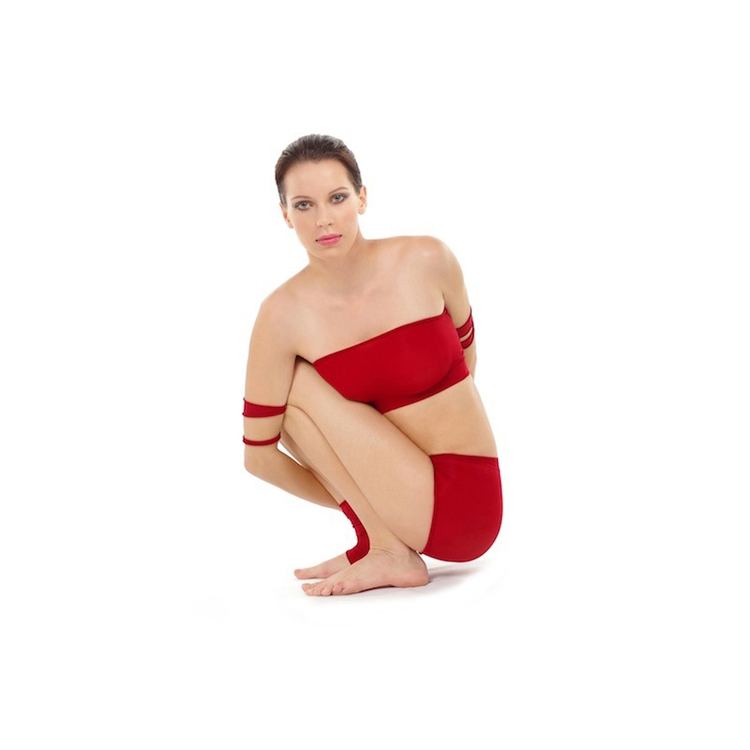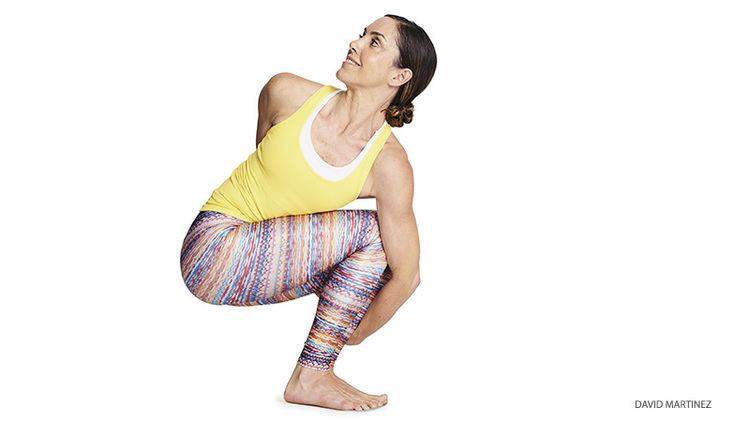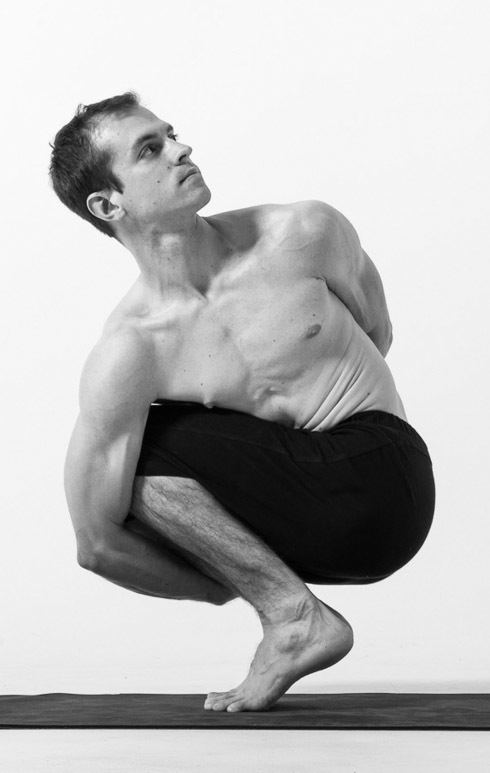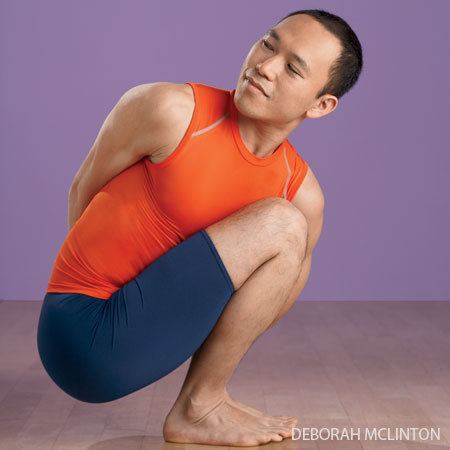Strengthens Ankle Also known as Noose pose | Preparatory poses Baddha Koṇāsana | |
 | ||
Note Consult a doctor before beginning an exercise regime Stretches Vertebral column, Thigh, Ankle, Groin Follow-up poses Half Lord of the Fishes Pose - Ardha Matsyendrāsana, Marichyasana III Similar Half Lord of the Fishes Pose ‑ Ar, Baddha Koṇāsana, Kapotasana, Bharadvaja's Twist, Eka Pada Koundinyasana I | ||
Yoga pasasana fallen angel demo posture
Pasasana (Sanskrit: पाशासन; IAST: pāśāsana) or Noose Pose is an asana.
Contents
- Yoga pasasana fallen angel demo posture
- Ashtanga yoga intermediate series pasasana with maria villella
- Etymology
- Description
- Benefits
- References
Ashtanga yoga intermediate series pasasana with maria villella
Etymology

The name comes from the Sanskrit words pasa (or pasha) (पाश, pāśa) meaning "noose" or "snare", and asana (आसन) meaning "posture" or "seat".
Description

In this yoga asana, the human body creates a 'noose' when the practitioner wraps their arms around their squatting legs with their hands clasped behind their back, while twisting to one side.
Benefits
This asana is traditionally said to be therapeutic for mild back, shoulder and neck tension, asthma, indigestion, flatulence, menstrual discomfort and sciatica.


References
Pasasana Wikipedia(Text) CC BY-SA
